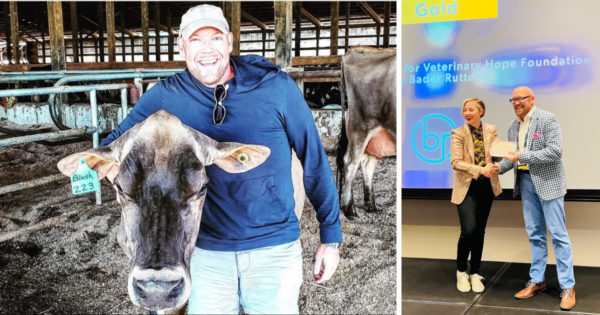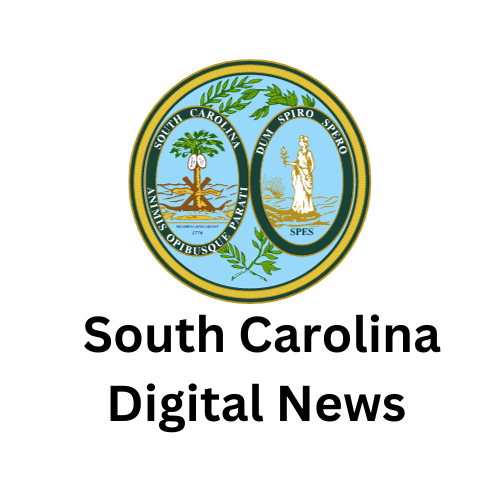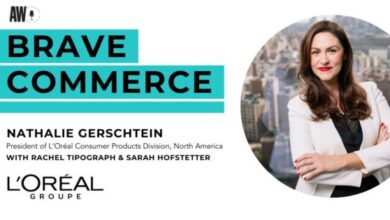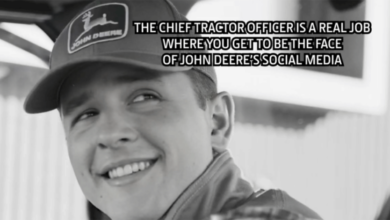
Over the next 15 years, 371 million acres of farmland in America will transfer generations—the largest land transfer in quite some time in American history. And that means the face of agriculture is changing. And we as marketers have to understand that.
Does agriculture’s connections to the food supply, land use and legacy employment make a case for a more humanized approach to B2B marketing?
As marketing has changed, we know that 95% of buyers aren’t in market at any given time.
We have to know that brands have to lead with stories, so that when people are ready to buy, they remember you. So we launched what I believe is one of the most emotionally charged campaigns in agriculture a couple of years ago called Born of the Bond, which was targeting beef and dairy producers to talk about this ancient bond between human and animal—as we provide for them, they provide for us.
When it launched at the National Cattlemen’s Beef Association, it was wonderful to be in the back of the room watching what we consider stoic ranchers kinda swell up. We’re in the third year of that campaign, and recently launched the first episode of a five-part docuseries that actually hits on generational land transfer.
How do you address not only the new generation coming in, but the increasing diversity of that generation?
You have to do both.
In the animal health industry, recently we launched an entire campaign from the point of view of the Hispanic workforce that’s actually implementing the product. The entire campaign was in Spanish versus what traditionally had been done—English with subtitles.
We’re putting the customer and the user at the center of the decisions we’re making, and marketers are more open to that now than I’ve ever seen because they too are out on farms and in boardrooms of farms seeing that changing face and landscape.
How much does the culture of American agriculture play into the effectiveness of B2B marketing and a more personalized message?
There’s a misconception sometimes when people who don’t understand agriculture as well or who come from the B2B side of things say dairy farming or ranching is a way of life or a livelihood. They think of it more as a hobby. But it’s your DNA, and so when marketers can understand that DNA of the person as well as the DNA of the cattle and the products that you’re marketing to help in solving those problems, we can meet producers where they are.




